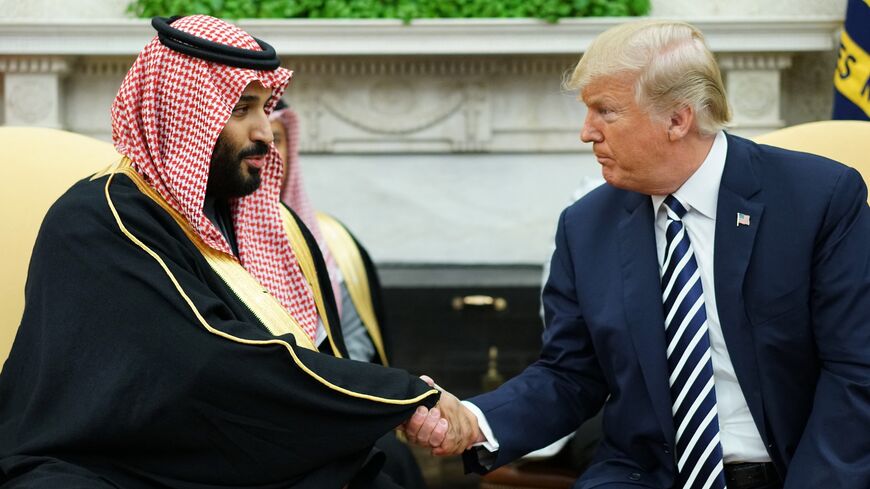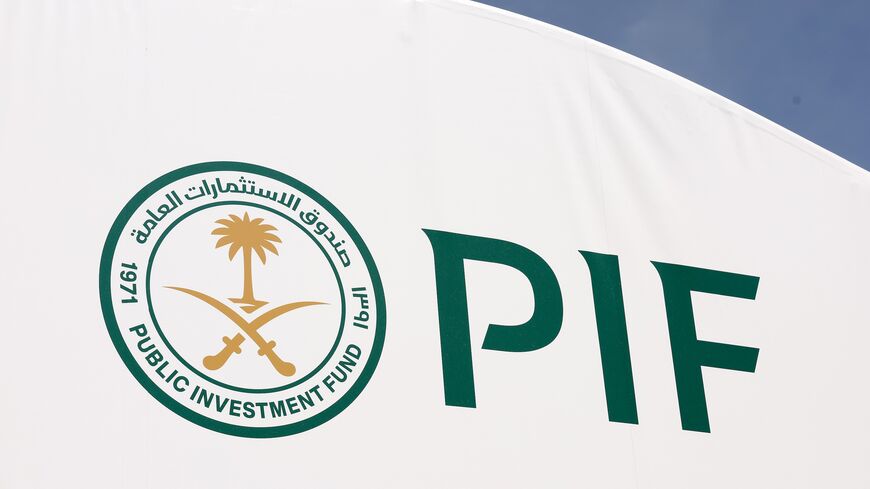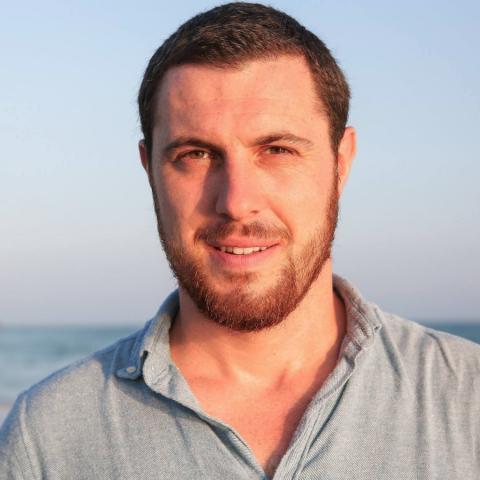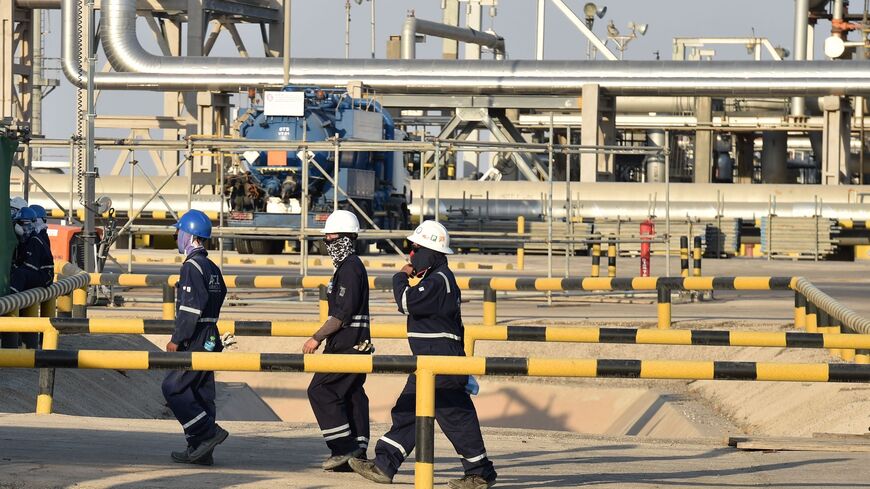Saudi PIF reports 60% profit drop as inflation, low oil prices bite
The PIF said that the impairments were mainly related to changes in operational plans and increases in budgeted costs.
![CORRECTION / A picture taken in Riyadh shows the sign in Arabic of an Aramco gas station on the outskirts of the Saudi capital Riyadh on November 5, 2024. Energy giant Saudi Aramco reported a 15 percent year-on-year drop in third quarter profit on November 5, 2024, citing low oil prices. (Photo by Fayez Nureldine / AFP) / "The erroneous mention[s] appearing in the metadata of this photo by Fayez Nureldine has been modified in AFP systems in the following manner: changing the second phrase to refer to Saudi](/sites/default/files/styles/article_hero_medium/public/2025-06/GettyImages-2182386773.jpg?h=cf3e9931&itok=-iX_3Sj7)
Saudi Arabia’s Public Investment Fund saw its profits fall by 60% in 2024 compared to the previous year, as low oil prices, soaring inflation and costly infrastructure projects started to bite.
What happened: The PIF, which is tasked with overseeing Saudi Arabia’s ambitious Vision 2030 agenda of diversifying the economy away from its reliance on oil, saw profits drop to 25.8 billion riyals ($6.9 billion) due to high interest rates and inflation, the sovereign wealth fund said Monday. In 2023, the PIF posted a profit of 54.4 billion riyals ($14.5 billion).
Comprehensive income also fell from 138.1 billion riyals ($36.82 billion) in 2023 to 140 billion riyals ($37.33 billion) in the last year. The PIF said that the impairments were mainly related to changes in operational plans and increases in budgeted costs.
The PIF is one of the most active and largest sovereign wealth funds in the world. Although interest rates and inflation dwarfed the PIF’s profits and income, assets grew by 18% to 4.321 trillion riyals ($1.15 trillion).
Why it matters: First announced in 2016 by Saudi Crown Prince Mohammed bin Salman, the Vision 2030 reforms aim to diversify the kingdom’s economy away from a reliance on oil by heavily investing in other growth sectors such as artificial intelligence, clean energy, sports and tourism.
Central to Saudi Arabia’s Vision 2030 ambitions are the so-called gigaprojects such as Neom, a desert megacity nearly the size of Belgium to be built on the Red Sea Coast.
The kingdom has pumped billions of dollars into the project, but has had to revise its targets and cut costs. For example, reports emerged last week that Neom had canceled a contract with French energy giant EDF to help it develop a hydroelectric power plant for the gigaproject, in what seemed to be a scaling back of the megacity's budget.
Although it is diversifying away from hydrocarbons, Saudi Arabia’s economy is still heavily reliant on oil, with around 60% of all government revenues coming from the sale of crude. 2024 and 2025 have seen sustained low oil prices (around $60 to $80 a barrel) and voluntary cuts from Saudi Arabia to crude output in a bid to balance markets.
In May, the Saudi Finance Ministry reported that the kingdom’s budget deficit widened significantly to $15.65 billion in the first quarter of 2025, up from $3.3 billion during the same period last year, as oil revenues dropped 18% year on year.
Know more: When oil prices were high in 2022 amid the Ukraine war, averaging around $100 a barrel, Saudi Arabia was the fastest-growing economy in the G20 group of major economies, with 8.7% growth in its gross domestic product.
However, the International Monetary Fund has revised the kingdom’s 2025 growth projection down to 3.4%, citing voluntary oil cuts, dependence on imports and rising inflation.






